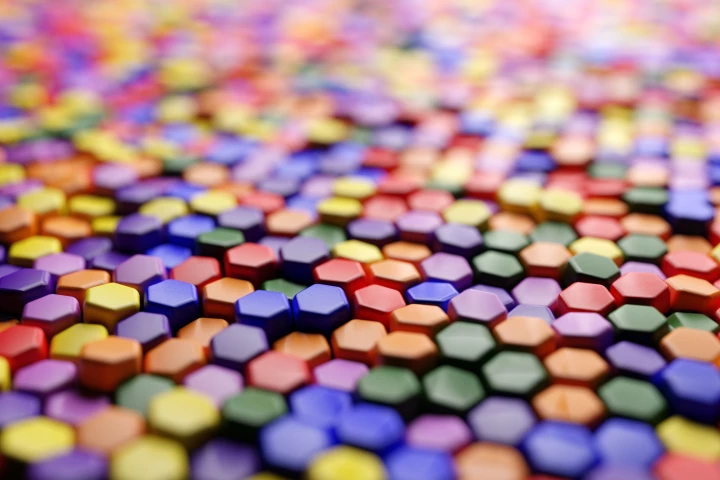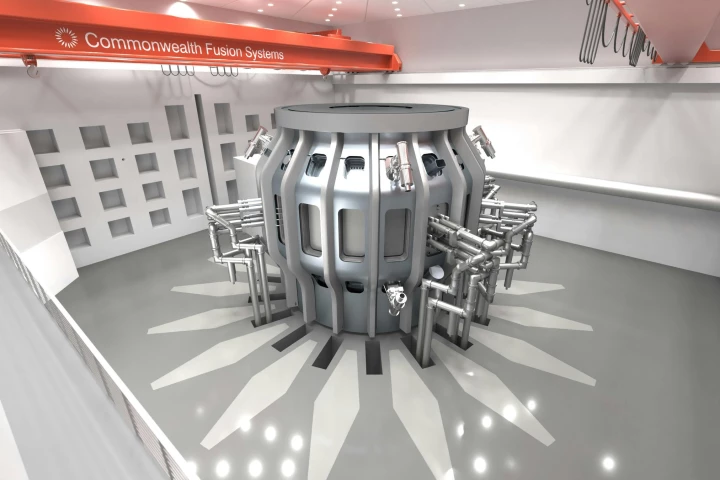Electricity
-
In a world first, Japanese researchers flew a lightning-proof drone in a thunderstorm, using it to induce and direct natural lightning strikes. The team is now working on how this flying lightning rod might capture and store lightning energy.
-
Tiny drops of water might not seem like powerhouse energy producers, but a new method shows how simple tubes might be able to turn falling rain into an energy source. In tests, the method was able to power up 12 LED lights.
-
A report from UK-based climate and energy think tank Ember notes that clean energy sources accounted for 40.9% percent of electricity produced around the world in 2024. From solar to wind energy, here are all the big figures you need to know about.
-
Harnessing a principle known as triboelectrification, researchers have worked out the optimal way to generate an electrical charge in a relatively simple way. The breakthrough could provide a battery-free way to power wearables and other devices.
-
Electricity is chaotic, and we normally need to constrain it to wires and circuits to make use of it. Scientists in Europe and Canada have now managed to guide sparks through thin air and even around obstacles using ultrasound waves.
-
It's only fitting that the company generating electricity by loop-de-looping a ground-tethered winged drone is from North Carolina. After all, North Carolina is the birthplace of human flight.
-
No, this isn't the return of Marvel's Iron Man. Commonwealth Fusion Systems (CFS) has announced plans to build the world's first grid-scale fusion power plant near Richmond, Virginia.
-
If you've ever had a packing peanut stick to your clothes as you unbox your Amazon delivery, then you know that Styrofoam is pretty good at generating static electricity. A new invention turns that quality into a workable energy-saving solution.
-
Incredibly, for the first time, scientists have unraveled how static electricity works, something first recorded in 600 BCE but not fully understood until now. While cats are not the only culprits, their fur is a prime vessel for charging your hands.
-
When you picture a sci-fi energy source, glowing green crystals are right up there. Scientists in China have now demonstrated just that, in the form of a “micronuclear battery” that can provide continuous low levels of power for decades.
-
The WindFloat Atlantic project – the world's first semi-submersible floating offshore wind farm – has exceeded expectations over the last four years of operation, generating a total of 320 GWh of electricity, enough to power about 25,000 homes each year.
-
Deep Fission has come up with a new solution to the economic and safety problems of nuclear power that is, to say the least, novel. The idea is to build a reactor that's under 30 inches (76 cm) wide and stick it down a mile-deep (1.6-km) drill shaft.
Load More











